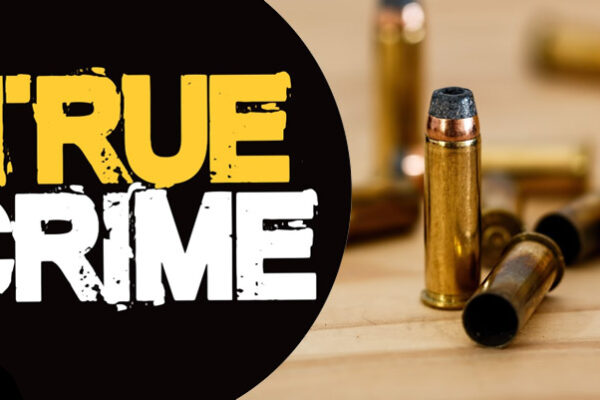First aired on Netflix in December 2015, Making a Murderer is a gripping true crime documentary series. This show talks about Steven Avery, a man from Manitowoc County in Wisconsin. He was wrongfully convicted of sexual assault and murder attempt in the mid-1980s.
After spending 18 years in prison, a DNA evidence later found that he was not guilty. Avery filed a lawsuit against Manitowoc County, its sheriff, and the district attorney after his release. He alleged that they had framed him for the crime he had not committed.
He, however, had to undergo arrest again before the lawsuit reached its settlement. This time, he faced the charge of murdering a photographer named Teresa Halbach. Making a Murder folows the investigation, trial, and conviction of Avery and his nephew Brendan Dassey for the murder.
The questions raised in the series
Making a Murderer highlights the flaws in the system. This ranges from police misconduct and failure of prosecution methods to false confessions and wrongful convictions. The show is a powerful and emotional documentary series that raises some serious questions. They relate mostly to the criminal justice system in the United States of America.
Among the most striking aspects of the show is the way it shows the police and prosecutors involved. The series suggests that these individuals may have had a personal vendetta against Avery. It points out that they might have manipulated the evidence. The show also explores the possibility of the coercion of witnesses to ensure Avery’s conviction.
An example would be the role of Manitowoc County Sheriff’s Office in Avery’s arrest and conviction. The defense team of Avery argues that the police had a conflict of interest. This was possibly because Avery’s lawsuit was directed at them. The show suggests that the police may have planted evidence to frame him. This included Avery’s blood in Halbach’s car.
The series also raises questions about the use of false confessions in criminal investigations. The key witness in this case was Brendan Dassey, the nephew of Steven Avery. His confession was obtained under doubtful circumstances. According to the show, there’s a possibility that Dassey’s confession was due to coercion by the police. They took advantage of his suggestible nature and intellectual weakness.
Impact of the series
Making a Murderer received a lot of praise for its willingness to explore the case’s nuances. The show’s creators Moira Demos and Laura Ricciardi had spent a decade investigating Avery’s story. In the series, they presented a wealth of evidence and testimony. This meticulous approach allowed viewers to form their own opinions about the case. It also made the viewers appreciate the complexities of the legal system.
Making a Murderer created a lot of impact in terms of legal outcomes and public opinion. Avery and Dassey received an overwhelming support following the release of this show. It also inspired several legal developments, which included petitions and appeals. The series also faced some criticism for its perceived bias. It was also subject to criticism for the way it portrayed the criminal justice system.
Some accused the show of omitting important evidence that suggests Avery’s guilt. Others argued that it is overly sympathetic to Avery and Dassey. However, the show’s creators came out in defense of their approach. Their argument was that they had all available evidences and the viewers could make up their own minds.



